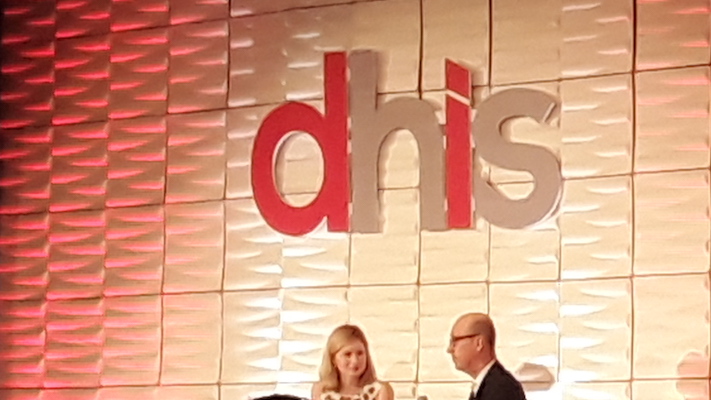
CNBC reporter Christina Farr talks to Bob Sheehy, CEO of Bright Health.
As consumers become more involved in their healthcare, payers and providers alike are being forced to think about the industry differently. But this could give new insurers the opportunity to start looking at the consumer space, Bob Sheehy, CEO of Bright Health, said at Digital Health Innovation Summit in Boston today.
“The thing about healthcare is often times we’ve forgotten about the consumer,” Sheey said. “Health systems think about the patients. A patient really isn’t a consumer — the patient is more dependent upon someone else making decision for him or her. Most insurance companies think about the employer. So the consumer is really kind of left out of the calculation. So our focus at Bright is to focus only on the consumer.”
This has created a space for new insurers, many that are focusing on technology and digital tools, to enter the game. For example, when Bright Health was launched it boasted a more connected alternative to traditional care, Sheey said. The startup does this by partnering with providers and supporting doctor patient relationship.
As for the digital side, Bright Health also has web tools for finding a plan and finding a provider, as well as a mobile app which includes a provider finder, deductible tracking, benefit information, a member portal and access to Bright Life, the company's rewards program.
“There was really no consumer grand loyalty to insurance companies, except maybe Kaiser Permanente … but for a typical insurance company it isn’t there,” Sheey said. “For new startups and entrances, this is a great opportunity because you don’t have that barrier. No one likes insurance, but what they do like is the doctor and how they get care. And that is why we have developed the care side.”
But there is another part of this equation: as high deductible plans become more and more popular it is transforming the patient into a payor as well.
At the conference, Dr. Robert Mittendorff, a partner at Norwest Venture, recalled a time when he was working as an emergency room doctor. Historically the copays at his hospital had been low, so when a patient came in with a headache and Mittendorff sent him home, the patient was shocked to receive a $400 deductible bill. Moreover, the patient was upset because they then felt Mittendorff didn’t do anything — since the patient didn’t need tests or medications.
“When the patient is the payer the expectations change,” he said.
This also brings up billing concerns, as patients are often confused about what bill is due and how to pay it.
Dr. Florian Otto, CEO of Cedar, a startup offering patient-personalized medical billing, said that oftentimes problems don't arise because a patient doesn’t want to pay the bill, but because they have difficulty navigating the system.
For example, there are 50 million people in the US that have bad credit scores because of medical debt, Otto said. But half of those people have an otherwise clean credit score, and the median of that balance is only $200.
In the future, Otto said the system needs to provide tools for more transparency and better patient engagement.
“Two-hundred dollars, then a clean credit score. I think we make it extremely difficult to view the bill and pay the bill,” Otto said. “I think the real bulk of the problem is patient engagement.”




















